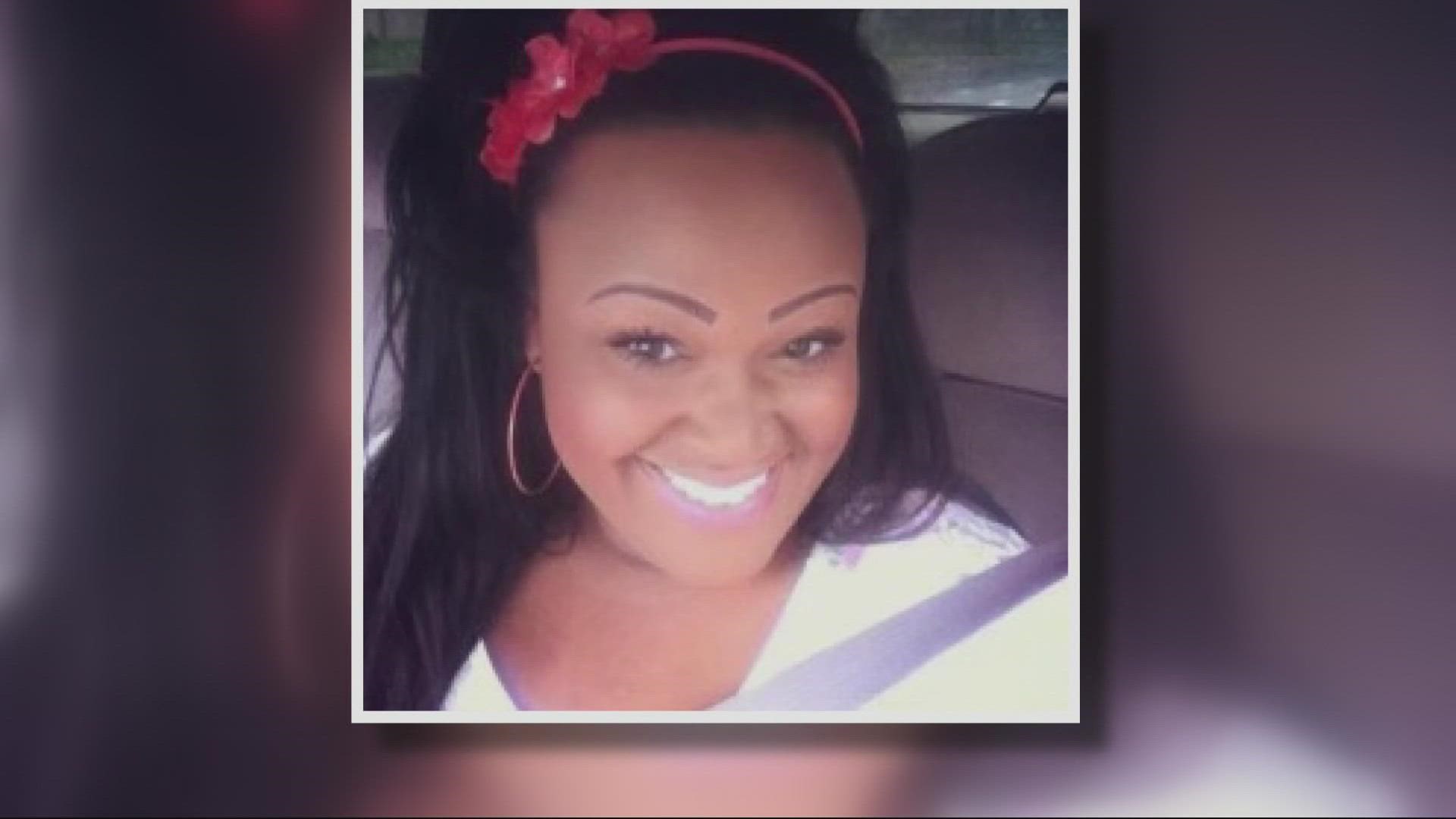PORTLAND, Ore. — Six months after a record-setting heat wave that killed about 100 Oregonians, a local advocacy group is pressing the state for in-depth medical examiner reports on the victims, hoping to establish patterns among those who government agencies and public safety campaigns failed to save.
It hasn’t been easy.
“I had to fight pretty hard to get these records,” said Tom Stenson, deputy legal director of Disability Rights Oregon. “Not only were [state and county officials] not going to look at it, but it was my job to go and show that people with disabilities were dying in order to get the records in the first place.”
In an interview last week, Stenson told KGW the group has collected medical examiner reports for almost every victim. He’s also scouring court records and social media profiles to determine how many of the dead had disabilities. And further, he wants to know how many of them could have been saved if emergency plans had been better tailored to their needs.
“As often happens with disaster planning, the plans aimed at people who are easy to reach,” he said. “The people who have computers and good internet access and smartphones, you know… they're likely to also have the resources to get themselves through a heat wave. The people who are most likely to be affected are actually somewhat hard to reach, and we need to understand who's actually dying in these heat waves.”
Stenson said he doesn’t have hard data to release yet. He’s hoping to soon.
One of the cases that helped corroborate the need behind his request is that of Ashlyn Maddox, a 36-year-old Portland woman who died of hyperthermia during the heat wave. Neighbors found her passed out on a sidewalk, 50 feet from her adult foster home.
A medical transport driver with the organization Ride to Care had dropped Maddox off hours before she died, but home surveillance video shows he drove away before she went inside. That same video showed Maddox, who had suffered multiple strokes in her life, wandering her neighborhood in the dangerous heat before neighbors found her unresponsive. Ride to Care maintains the driver followed protocol. The Oregon Health Authority is investigating.
Stenson noted to KGW last week, he believes Disability Rights Oregon is the only organization analyzing death records in such detail.
In the days following the heat wave, public officials vowed to conduct and learn from their own analyses.
“Well, I think we're looking now [to] do an after-hours report to study what we have done,” said Multnomah County Chair Deborah Kafoury in an interview in July.
In light of Disability Rights Oregon’s progress, KGW wanted to know: are other public agencies analyzing data tied to victims, as well as what they could have done better?
Our team at The Story reached out to the city of Portland, its Bureau of Emergency Communications, Multnomah County, Metro and the Oregon Health Authority. Staff at Metro noted the county took the lead on the heat wave response and would therefore take the lead on any analysis conducted.
KGW got responses from the city, the county and OHA on Tuesday.
All three agencies pointed out the things their agencies did do to keep people safe, like send out alerts through social media and news outlets, open 24/7 cooling centers and send out volunteers to check on the homeless.
But all three said, yes, they’re analyzing the events that unfolded during the heat wave, because it’s clear they could have done more.
“We have fully committed to understanding what went wrong and what can be done to prevent this level of tragedy in the future,” wrote Rich Chatman, interim communications director for Mayor Ted Wheeler’s office. “The Portland Bureau of Emergency Management (PBEM) has done amazing outreach to vulnerable Portlanders and we are working closely with them to identify where this work may need improvement.”
A spokesperson with the county told KGW their report is being finalized now, but they posted preliminary findings in August.
That report, along with preliminary findings from the Oregon Office of Emergency Management (OEM), highlighted changes already made in the interim. They include:
- Oregon’s OEM plans to, amid excessive heat watches and warnings, to hold twice-daily briefings with the OHA, the Oregon Department of Human Services and other agencies to assess hospital capacity and heat related-illness reports.
- OHA will “work on having” Emergency Medical Services transport people to cooling centers and other non-emergency locations.
- The city has begun sending out emergency alerts about extreme heat earlier and with more methods, like robocalls and text alerts.
- Those alerts use stronger language like “heat kills” and “check on others.”
- The city council passed a sweeping plan to get air conditioning units into 15,000 low-income homes over the next five years.
- The county worked with the nonprofit hotline 211 to go 24/7 after it closed for the weekend during the heat wave. Officials say they’re working now to finalize that partnership.
- The county is adding a full-time staff position, dedicated to mitigating and the effects of climate change on community members
"This matters because heat waves and other climate emergencies won't be slow-moving,” wrote county communications director Julie Sullivan-Springhetti. “They will be a chaotic, rapidly changing emergencies where, to be successful, we must have existing relationships with every category of people who are vulnerable."

